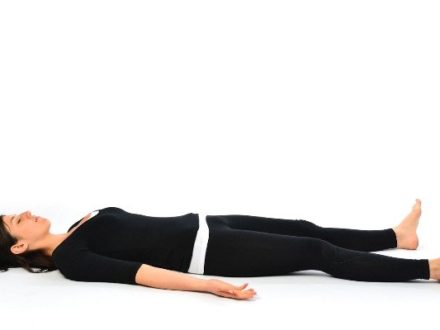
Meditation Benefits Your Mental Health
Today’s modern world is fast-paced and overloaded with stress.
Fickle job markets, a high cost of living, and the burden of supporting and planning for family’s future can leave you feeling like you have no other choice than to work yourself 24/7.
It has become impossible for few of us to find time for ourselves and focus on our inner happiness and relaxation.
Due to these reasons mental health and well-being have become a worldwide concern.
‘’Around 7.3 million or 45% of Australians aged 16–85 will experience a common mental health-related condition such as depression, anxiety or a substance use disorder in their lifetime according to the 2007 National Survey of Mental Health and Wellbeing.’’
https://mhsa.aihw.gov.au/home/
‘’WHO has announced mental health a global development priority in 2016.’’
http://www.who.int/mediacentre/events/2016/mental-health-meeting/en
How can we find work-life balance?
Only a few minutes of regular practice of ancient methods of mindfulness and meditation can turn a busy and stressed mind into a calm and happy mind. It can help you maintain a perfect balance between work and living life to the fullest and help you to deal with the constant changes of the 21st Century.
https://www.health.harvard.edu/mind-and-mood/yoga-for-anxiety-and-depression
What is Meditation
Meditation refers to the technique of relaxation and concentration where our body is at rest and the mind completely still, resulting is self-realization, and a crystal clear vision of life and the world around. It is an enabler for unlocking the spiritual potential and finding inner happiness and contentment.
The traditional Sanskrit definition of Meditation is:
“Tatra pratyaya ekatanata dhyanam” – a balance, continuous flow of attention, directed towards a certain point or objects is called Meditation.
Benefits of Meditation
- It moves you from the sympathetic nervous system to the parasympathetic nervous system, or from flight-or-flight to rest-and-digest: You typically have less anxiety and enter a more relaxed state. As soon as you start breathing deeply, you slow down out of fight or flight and calm your nervous system.
- It Lifts Your Mood: Consistent yoga and meditation practices may help ward off depression and may also boost serotonin levels, which makes you feel happier in general. A happier mood leads to a more uplifted approach to everyday life, and may help you leave your work at the office in order to promote a better work-life balance.
- It Improves Better Sleep: A big problem for most folks struggling to strike a good work-life balance is the fact that they just don’t get enough restful sleep at night. By doing meditation on a daily basis, you’ll be improving your sleep quality significantly. It’ll also help you feel less fatigued during the day as you go about your tasks and might help you cope better with the stressors of everyday life.
- It promotes Self-Growth: Often times we get caught in the rat race, so much so that we’re unable to feel our own thoughts and emotions. By regularly practicing meditation, you’ll have the opportunity to self-analyze your situation, effectively equipping you with the tools you need to grow as an individual and thrive in a world of apparent chaos.
- It brings emotional balance: Most of the time we are overwhelmed due to our never-ending duties and responsibilities, meditation teaches you to be balanced in your emotions.
Method of learning mindfulness or Meditation
Preparation
- Choose a place, which is clean, quite, and free from any bad odour.
- For meditation sitting posture is preferred, while keeping the spine in neutral position. You could also on a chair.
Traditional postures
Sukhasana (easy pose): this is the most comfortable sitting posture. Sit on your folded blanket, bend the left leg and keep left foot close to the body, now fold the right leg and keep it over or next to the left leg. Knees should reach to the floor, adjust the height of the blanket according to your comfort. Relax the hands on the knees.
Shavasana: In the beginning one can start with lying position too, which is known as Shavasana (Corpse pose).Simply lie down on your back while keeping the feet hips apart, hands wider than the shoulders and palms facing up.
So-hum Meditation or Breath awareness method
- Sit comfortably or lie down in Shavasana. Close your eyes.
- Move the awareness in different body parts and relax the whole body (from the forehead to the toes)
- Mentally watch and feel the breath, Inhale stomach rising up, exhale stomach sinking in.
- Observing that breath is without jerks and pause.
- Now add So-Hum mantra
- Inhale mentally chant So, exhale mentally chant Hum
- Meaning of the mantra is “I am that’’.
- As soon as you realize mind is wondering or thoughts are bothering slowly bring the concentration back on the breath and mantra.
- Do it again and again.
- Sit quietly as long as you want.
*Everyday early morning or just before bed practice this meditation for 5-15minutes.
Lastly, please take care, If you experience any discomfort or anxiety with this practice please STOP immediately.
If you would like further information, or to discuss this practice in detail, please contact us at Therapia Physiotherapy and Pilates on 8221 5011, or email us at info@therapia.com.au.
Book Appointment




